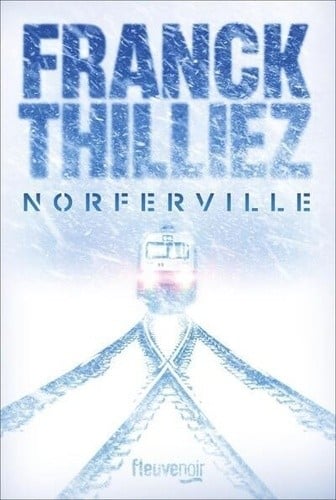En cours de chargement...
On the periphery of Scottsdale, Arizona is a troubling reminder of the consequences resulting from suburban expansion and desert encroachment. The silent victims are powerless to protest or alter the unblinking destiny of development. Gashed, wounded, and disfigured cacti litter the remaining vacant terrain, rapidly disappearing into subdivisions of residential housing tracts, strip malls, and commercial constructions.
This edition illustrates this gradual erosion of Arizona's heritage treasure. Their declining presence become emblematic of society's continuing disharmony with our surrounding environment. Earliest human settlement of the Salt River Valley, the terrain of contemporary Phoenix, commenced with nomadic paleo-Indians. These earliest civilizations inhabited the Americas during the final glacial episodes of the late Pleistocene period, approximately 6, 000 BC.
Tribes hunted mammoths, mastodons, giant bisons, camels, and giant sloths that eventually migrated eastward. The initial nomadic tribes followed vacating the region. Tribes originating from Mexico to the south and California to the west would replace them. Around 1, 000 BC, a subsequent core of settlements would inhabit the territory. Corn farmers, builders, and permanent villagers would evolve into the Hohokam civilization.
Within 500 years, the Hohokam culture had established an elaborate canal system enabling agriculture to flourish. Around 1450, the Hohokam suddenly and mysteriously disappeared. By the 16th century arrival of Europeans, the O'odham and Sobaipuri tribes primarily inhabited the region. American settlers first settled Central Arizona during the early 19th century. A military outpost to the east of current day Phoenix provided an administrative base for the community's agrarian base.
Irrigation projects tamed the inhospitable desert and the local economy was based on cotton, citrus, cattle, and copper. The availability of air conditioning to counter the oppressive summer dry heat stimulated a post-World War II population surge. The Phoenix metro area has increased in population an estimated average of 4% for the past forty years. Phoenix is the fifth largest city in American with projections that it may become the fourth within the next five years.
This growth proliferates to accommodate a swelling and aging population migration seeking the warmer climate the Arizona desert can accommodate. One day, the cacti's diminishing and lost presence may be mourned once the transitional madness subsides. In the meanwhile, this edition illustrates the decline of these desert patriarchs. It seems unimaginable that amidst the expansive desert landscape these icons could ever entirely vanish.
Yet like the mammoths and Hohokam civilization from centuries past, adaptation for them becomes difficult if not impossible. Domestically cultivated cacti may only emulate the nobility of their freely born brethren that tower majestically amidst the desert landscape.





